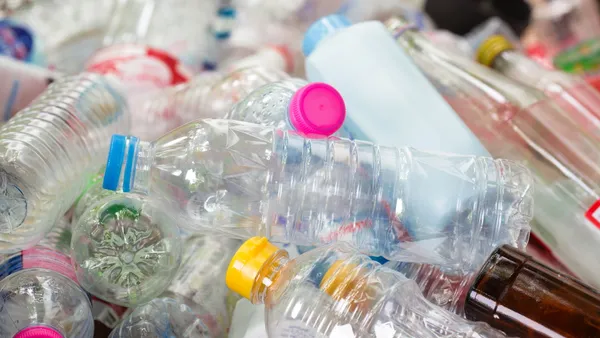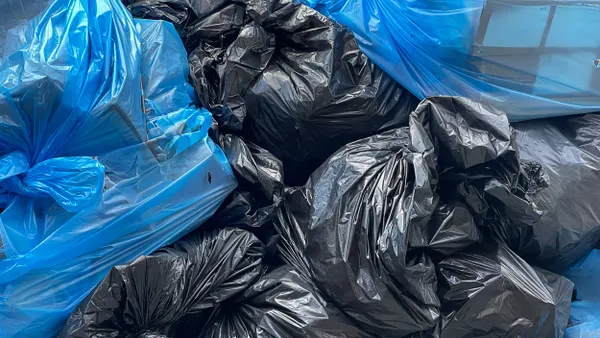Dive Brief:
- The American Forest & Paper Association (AF&PA) has relaunched its education website, The Responsible Package, to provide resources for teachers and parents of young children about the lifecycle of paper products.
- The program's educational materials are estimated to reach 150,000 fifth grade students at more than 1,100 schools in 14 states this year.
- The site's offerings are designed to fit with National Science Education Standards and Science, Technology, Engineering & Math (STEM) initiatives. They include in-class materials for teachers, take-home materials for children and the option for a "family recycling pledge."
Dive Insight:
The initiative is supported by a range of other industry organizations in addition to the AF&PA, with an emphasis on all types of paper-based products and packaging. While recovery rates for paper and cardboard continue to climb to record highs, the larger industry is concerned about losing market share. Demand for cardboard is steadier due to a growing interest in online shopping and other factors, but recycled paper has faced tougher conditions and multiple mills have closed recently.
In a separate but parallel initiative, the industry is working to expand its market share with a federal checkoff program called the Paper and Packaging Board. Through a large advertising budget the program is working to change the public's perception of paper products and their potential for reuse.
Similar grade school education programs have been seen for other material categories recently as well. Last year, Novelis teamed up with Discovery Education to create a curriculum around aluminum recycling and Keep America Beautiful recently announced a corporate-sponsored program to teach students in Flint, MI about recycling after the lead-tainted water crisis led to a significant increase in plastic bottle usage. By instilling these ideas in students at a young age — with the intention that they'll carry the conversation through college — manufacturers aim to boost both consumption and recycling rates among the next generation.











